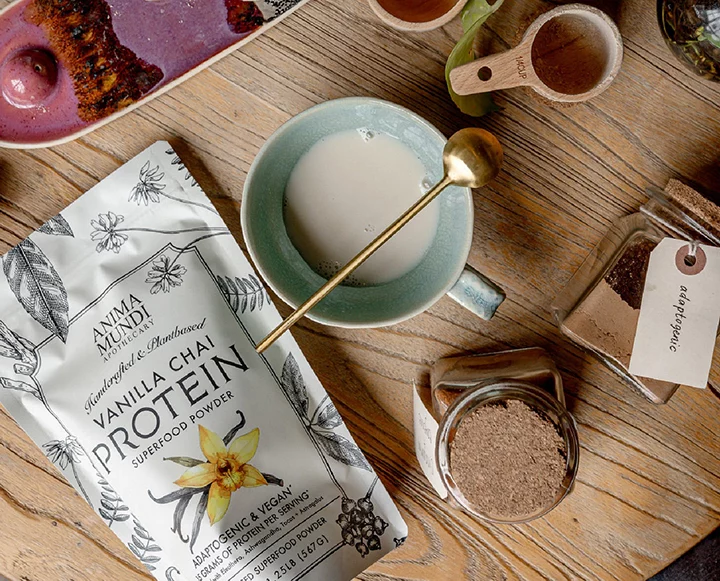We are crushing hard on this small studio up in the Northwest dreaming up workshops based on wild-crafted elements and traditional artisan techniques. In the midst of city living, it’s natural DIYs like this one that seem almost other-worldly – dying silk with wild fennel, berries and grapes? Now that’s a fashion trend beyond our normal scope.
Wildcraft Studio School first caught our eye with these handmade sandals. Try your hand at a little dye-making yourself with the school’s founder Chelsea Heffner or plan a visit to Santa Barbara to experience the workshop for yourself. Here’s Chelsea…
There are plenty of great dye plants in Southern California, many of them appear as roadside weeds or common trees and shrubs you might not even notice, like eucalyptus (most varieties contain potent dye within their leaves and stems), prickly pear fruits that grow off cactus trees, and wild fennel that sprouts up in neglected areas from Ventura down to San Diego. Dye plants are all around, it just takes a little time and patience to find, collect and transform them into beautiful dyes for textiles. I’ll be teaching a class on Southern California dye plants at this amazing art space in Santa Barbara called The Lower Lodge on September 20th for anyone who’d like to learn the process from start to finish. We’ll be collecting and identifying plants, mordanting fibers, and each student will leave with a sample book and a hand-dyed silk scarf.
If you’d like to try some experiments on your own, here is a quick DIY natural dye recipe!
Wild-crafted DIY Natural Dye
Supplies
1 large canning pot (this should never be used for food prep after you dye)
camp stove
wooden spoons
laundry drying rack
rubber gloves
animal fibers, such as wool or silk
measuring cups
scale
alum mordant
cream of tartar
dye plant (my favorites are wild fennel and grape!)
Ingredients
1. Gently wash 1 pound of wool yarn or silk yardage in warm water and a pH-neutral laundry soap. Take care not to agitate the fibers. This is basically a soak and rinse process to remove any manufacturing chemicals from the fiber. Gently squeeze out excess water and set fibers aside.
2. In a large canning pot, dissolve 6 teaspoons cream of tartar and 8 teaspoons alum in 4 gallons of warm water.
3. Add damp fibers to pot and bring up to a gentle simmer on an outdoor camp stove. Simmer for 1 hour, stirring often. (This process is best done outdoors, not in your home kitchen)
4. Leave fibers in the pot overnight for best results, or remove fibers from pot (while wearing rubber gloves) and squeeze gently. You can either dry your fibers, and use them later, or let them remain damp and use immediately.
5. Hopefully, you’ve already harvested a dye plant (check out a few examples above). Each plant wants to be processed differently. Some want to be soaked overnight, others do best on very low heat. The general rule is to chop or breakdown your plant as much as possible, weigh it, and use an equal weight of dye plant to the weight of your fibers: 1 pound of fiber to 1 pound of dye plant.
6. Add your processed dye plant to 4 gallons of water, and set over medium heat. Gently simmer your plant for an hour, or until the dye broth has a nice, rich color.
7. Strain your dye plant, and add wetted, mordanted fibers. Gently simmer for an hour, or until the color you desire has been reached! Be sure to stir your fibers often. At that point, remove fibers from dye pot, and hang outside to dry in the shade.
Safety tips: Never mix your dye pots, mordant pots, wooden spoons or measuring cups with any of your regular kitchen equipment. Work outside if possible and always wear gloves when touching, measuring or mixing mordants. Be cautious lifting large pots of hot water!













